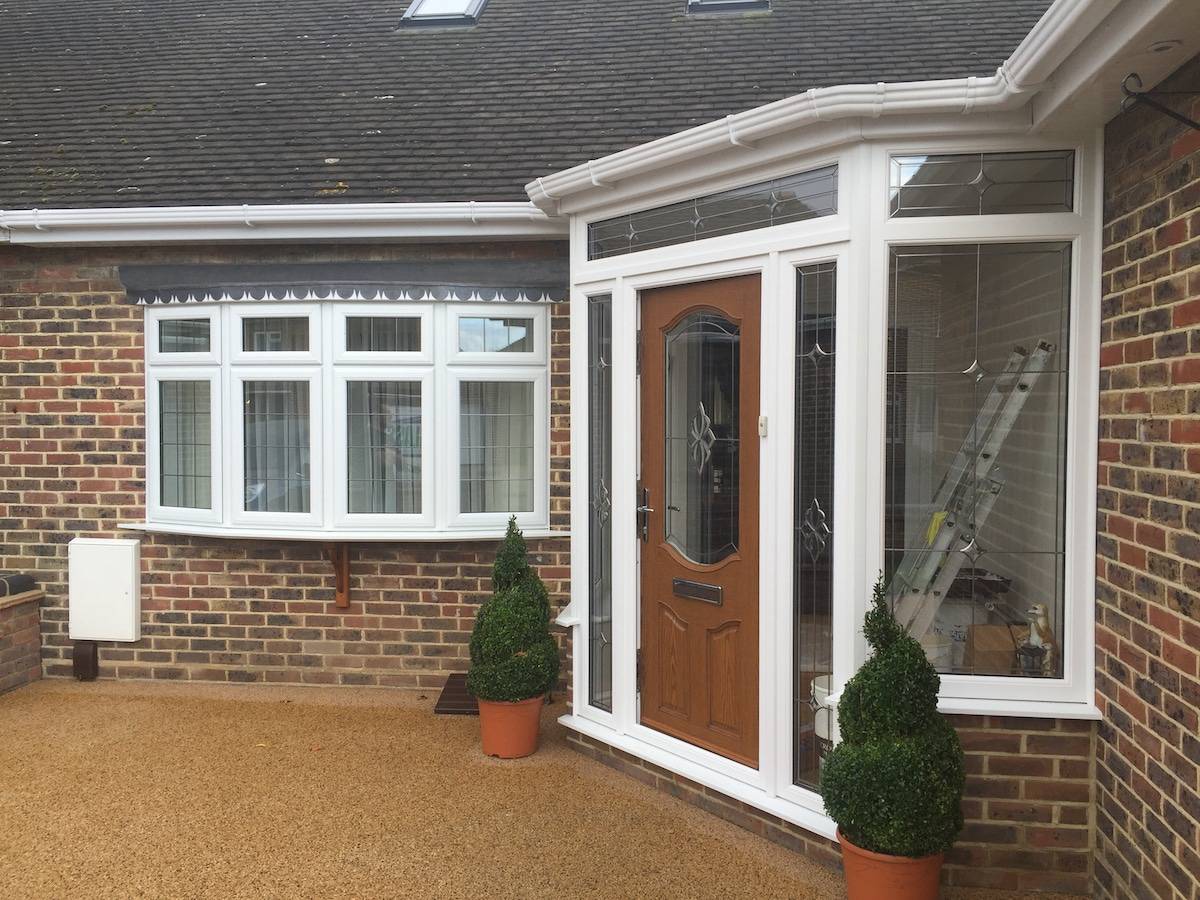All Categories
Featured
Table of Contents
Save Energy With Double Glazed Windows in Currambine Western Australia
That window can transmit more solar heat in winter season than in summer season. A west-facing window on a summer's afternoon has an angle of incidence from near 0 approximately 30 with a large reliable area of solar radiation. A north-facing window, in summertime, has a high angle of incidence and a low effective location of solar radiation, so can send less heat than a west-facing one.

You can quickly and easily enhance the thermal efficiency of your home by replacing your windows. There are thousands of types of glass and frames to pick from.
Double Glazing Vs Triple Glazing For Windows (2023) in Peppermint Grove Western Australia
There are several kinds of glass products to select from. Single glazing utilizes a single pane of glass. Single glazing with clear glass is not extremely efficient when it concerns heat loss or gain. To improve performance, you can utilize single glazing with a more energy-efficient type of glass such as low emissivity (low-e) glass.
Numerous layers can be put together with sealed cavities between each sheet of glass. IGUs usually offer much better energy performance than single glazing, due to the fact that they transfer less energy. Nevertheless, the energy performance of IGUs likewise depends upon: the properties of each layer of glass. Various glass types (for instance, clear and low-e glass) can be put together in an IGU.
Enjoy Your Summer More With Double Glazed Windows in Shoalwater Perth

IGU cavities can be filled with air or a more inert, low-conductivity gas such as argon the width of the cavity. Larger cavities offer lower (much better) U worths, with 12mm typically accepted as the preferred gap how well the cavity is sealed.
If argon is set up to the cavity in place of air, moisture is dependably omitted the level of desiccant (drying agent). The spacer (metal or polymer strip) that separates the glass layers includes a desiccant to soak up any moisture. Inadequate desiccant may trigger moisture to condense on the glass surface in cold conditions, lowering thermal performance.
Keeping Your House Cool In The Summer in Helena Valley WA
In truth, IGUs can deliver much better energy performance for all environments, especially in heated and air-conditioned homes. Cross-section detail of single, double and triple-glazing units Low emissivity glass (frequently called low-e glass) minimizes heat transfer. Low-e glass may be either high or low transmission: High transmission low-e glass has a coating that enables daytime from the sun to pass into your house to achieve great solar heat gain, but decreases the amount of the long wavelength infrared heat that can get away back through the window.
Low-e glass has either a pyrolytic covering or a vacuum-deposited thin film metal finish. Pyrolytic coatings are durable and can be used for any glazing; vacuum-deposited coatings are soft and are just utilized within IGUs. Low-e coatings can substantially improve both U value and SHGC; nevertheless, they need to be utilized correctly or they will either weaken or stop working to perform as needed.
Lifestyle - West Coast Double Glazing in Mosman Park Perth
Low-e coverings can be used in combination with clear, toned or reflective glass. Low-e coatings on glazing can lower heat transfer where needed Photo: Department of Industry, Science, Energy and Resources Toned glass has colouring additives consisted of throughout manufacture. It is offered in numerous colours, generally bronze, grey, blue and green.
Latest Posts
Diy Double Glaze in Koondoola WA
Glass Selector - Custom Single & Double Glazed ... in Midvale Perth
Does Double Glazing Keep Heat Out in Woodvale Western Australia